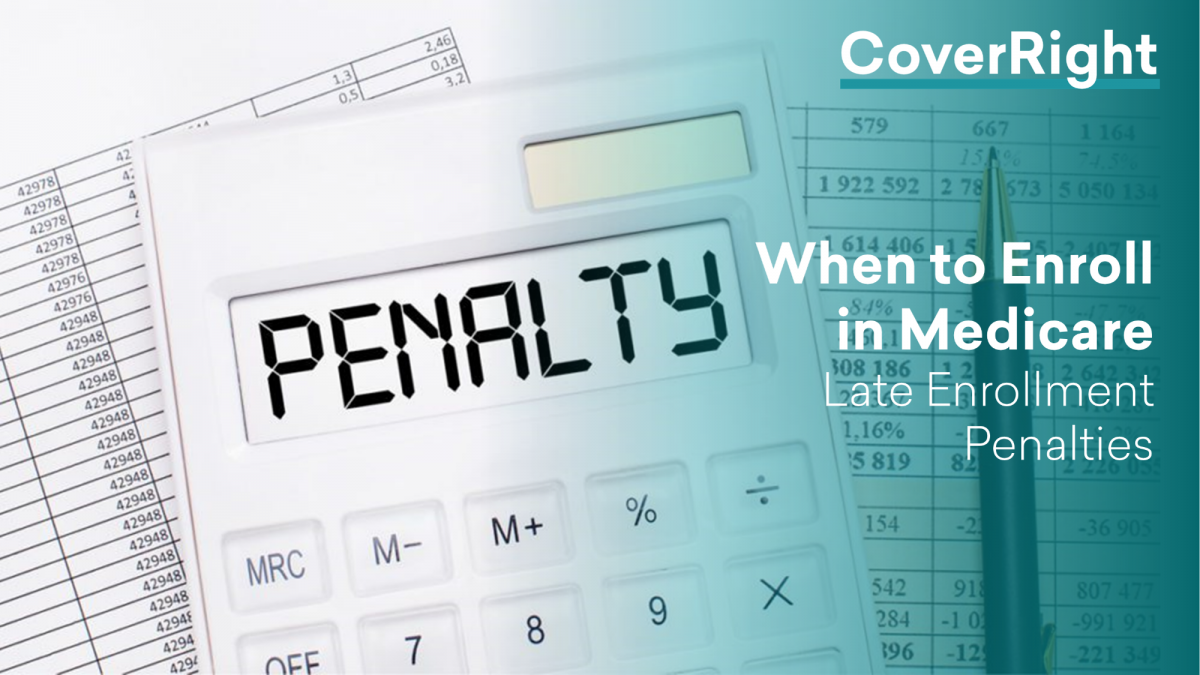MEDICARE ADVANTAGE VS. MEDICARE SUPPLEMENT
When it comes to deciding between Medicare Advantage and Medicare Supplement, there are four (4) major differences to consider:
The first difference is premium cost:
- As we discussed earlier, Medicare Advantage plans often have a low or no monthly premium in addition to your Part B premium.
- In fact, 59% of all Medicare Advantage plans available have a $0 premium.
- While Medicare Supplement plans, on the other hand, can carry a monthly premium from around $90 to over $200 per month on top of your Part B premium
The second difference is out-of-pocket costs:
- Medicare Advantage plans are “pay as you go”, meaning your plan will charge you copays or coinsurances when you use healthcare services
- If you don’t use services during a year, you pay nothing.
- While doctor visit copays are typically affordable, the costs of hospital visits and other healthcare services you use in a year are not capped until you hit your annual maximum out-of-pocket limit, which can range from a few thousand dollars up to over $11,000 depending on your location and plan
- In contrast, the most popular Medicare Supplement plans will typically allow you to have limited to no out-of-pocket costs no matter how many times you see a doctor or use healthcare services.
- This is because these costs are covered through the monthly plan premium that you pay each month
The third difference is bundled benefits:
- Medicare Advantage plans are “all-in-one” bundled plans that typically include prescription drug coverage, as well as ‘extra benefits’ such as routine dental, vision and hearing benefits – not covered by Original Medicare – at no additional cost
- On the other hand, because a Medicare Supplement plan is gap coverage that works alongside Original Medicare, it will only cover the same services that Original Medicare Part A Hospital and Part B Medical insurance covers, meaning you will have to purchase separate drug coverage and will not be covered for any non-medically necessary services such as routine dental, vision and hearing
The fourth difference is network restrictions:
- Most Medicare Advantage plans will require you to use a network of doctors in order to access your coverage and utilize your plan benefits. You typically cannot choose to see any doctor outside of the network, or if your plan does allow you to see out-of-network doctors, this will likely cost more than seeing in-network doctors.
- With a Medicare Supplement plan, there are no network restrictions at all, and you can see any doctor who accepts Medicare




















